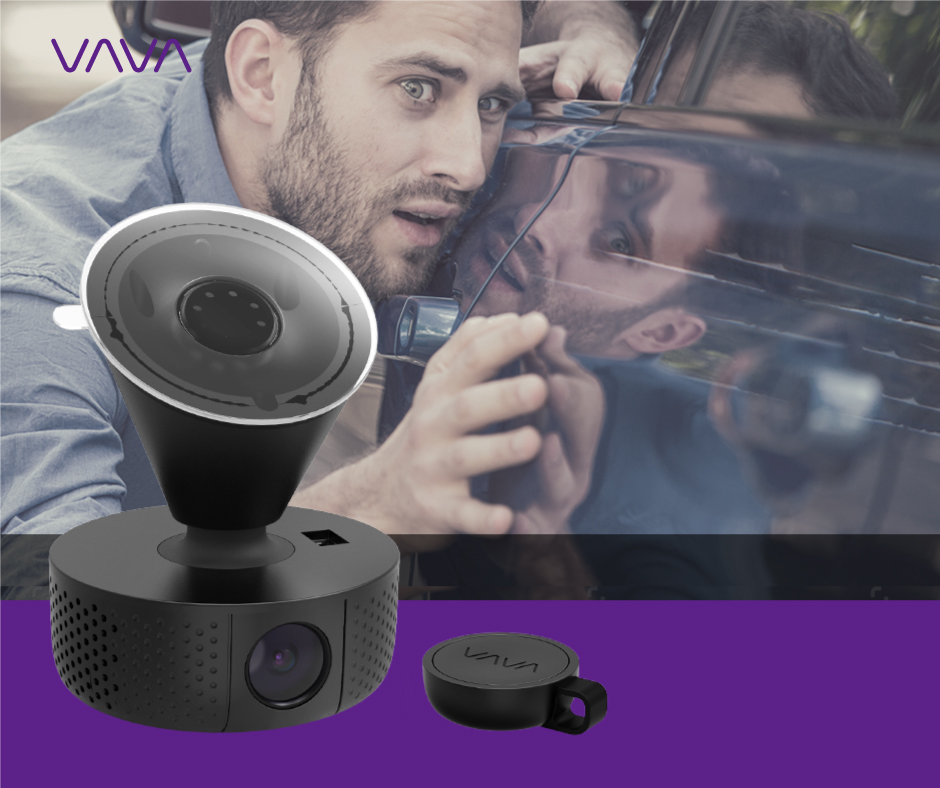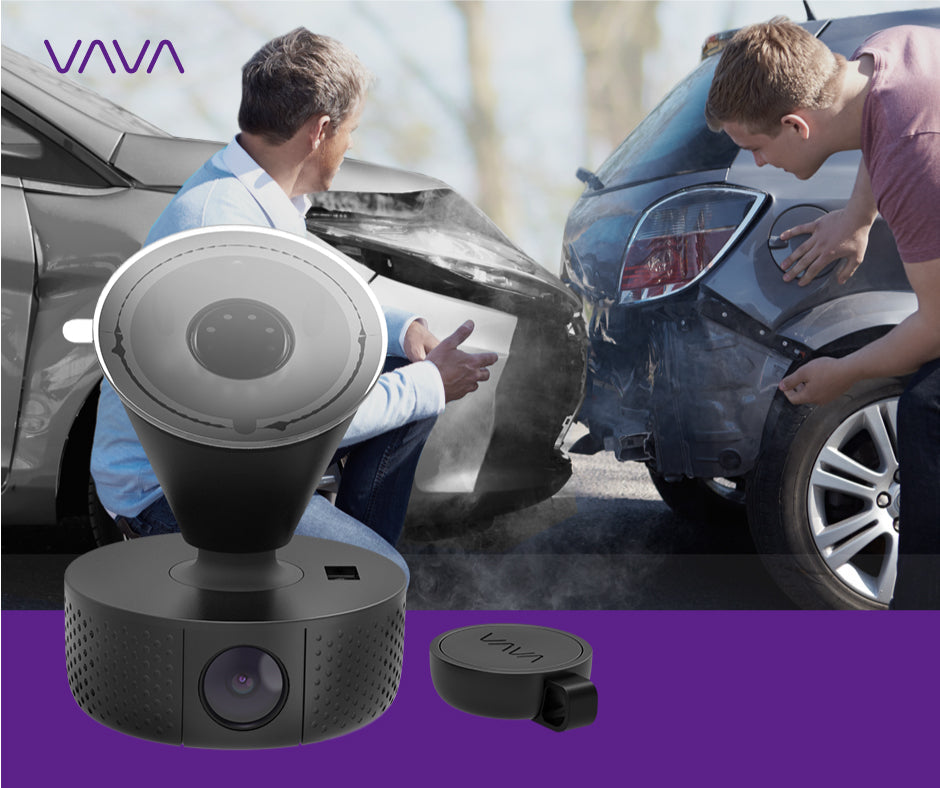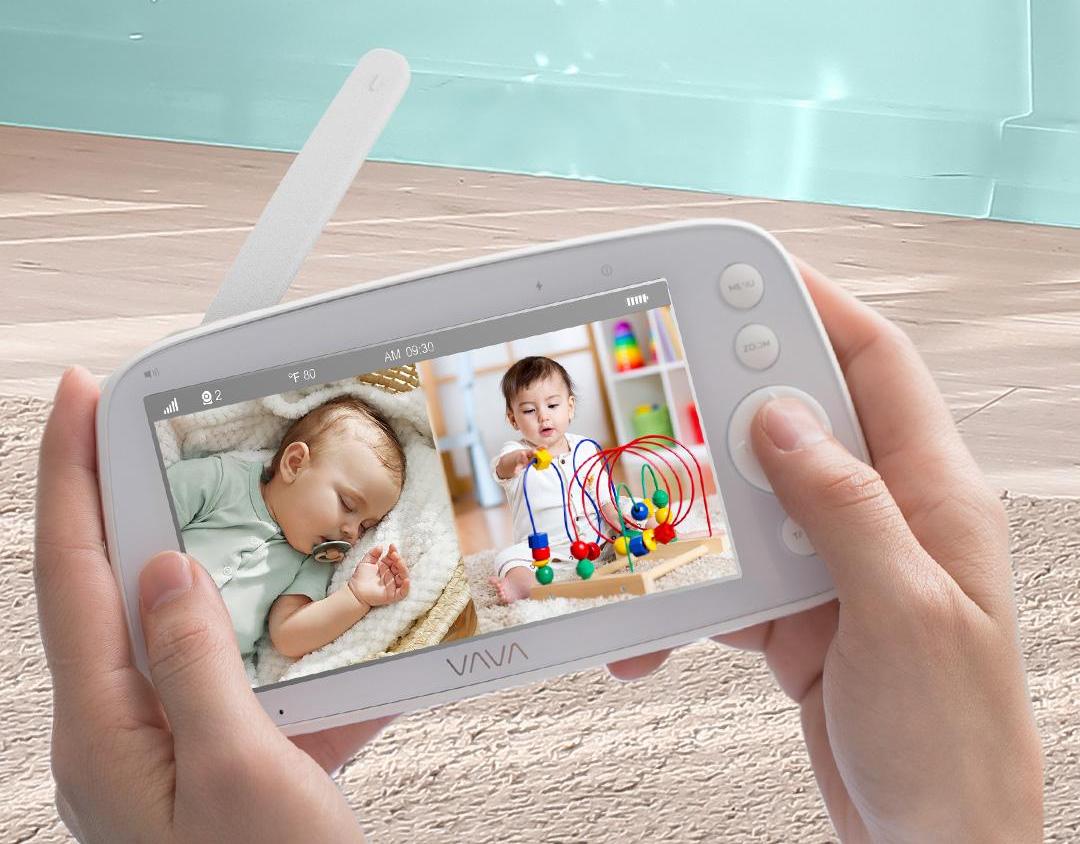
When looking for a car dash camera that really rocks, one feature will keep coming up: a G-sensor. Besides recording in 1080p HD resolution, having a 360° swivel camera, and shooting videos even when the engine is off, there’s little use for a car camera without a built-in G-sensor.
This blog will tell you everything you need to know about the G-sensor in your car dash camera, what it is and why you even need it.
The VAVA Dash will be a crowd-funded on Kickstarter starting January 17. Reserve it now at http://www.vava.com/dash and be amongst the lucky, earliest backers who'll get it for just $99.
What Is a G-sensor?
People buy car dash cameras to have a recording available in case of driving or parking accidents. Some even purchase a car dash camera in case of insurance fraud as is common in places where people intentionally get hit by oncoming traffic in order to scam money off unsuspecting drivers. But recording all this footage will be for nothing if the camera cannot ensure the safety of said footage. Enter the G-sensor. The G-sensor, or G-shock sensor as it is also known, works by detecting any movement to your car before locking and protecting a recorded video file from being deleted. This means that footage of someone reversing into the front of your car will be kept and preserved even if you forget to upload the event to a computer or cloud service. It’s an extra benefit that lets the car dash camera know that footage is important and needs protecting.
How Does a G-sensor Work?

A G-Sensor measures movement up, down, left, right, backwards, and forwards through a 3-dimensional axis that. By measuring the movement of your vehicle, the G-sensor enables the camera to automatically record video footage. When sudden or significant movement is detected, the G-sensor will immediately lock any footage being recorded to ensure it is preserved for later. It’s particularly helpful for genuine incidents where video footage is needed. While it’s always ready when driving, the G-sensor will also keep working when the engine is off. This is to ensure that video recording will activate and record in case your parked car is hit.
What Sort of Movement Is Detected?
The type of movement that can be detected is up to you. Whether an uneven road or a 10 car pileup occurs, the sensitivity of the G-sensor can be set to pick up, record, and safeguard the footage. When the G-sensor is set to the lowest value it takes just the slightest knock to activate. This means your car dash camera is likely to lock all footage even if you only hit a pot hole or drive on bumpy terrain. Conversely, setting the G-sensor on the highest setting requires quite a bit more force to activate.
A More In-depth Look at the G-sensor
The ‘G’ in the g-sensor refers to gravity. Therefore the sensitivity option is configured with units of gravity, where 1G is equivalent to 9.81m/s². A reading of 1G denotes that the car dash camera (and by extension the car) are at rest as they are equivalent with Earth’s gravity. At this level the car dash camera will not activate; it’s only when movement occurs to the car that the g-sensor is triggered. A reading of 2G, which could be a slight movement like driving over a speed bump, would be twice that of Earth’s gravity. A much higher reading like 5G would require 5x this amount; an example might be crashing into another car. In short, the higher the sensitivity selected on the G-sensor, the greater the force required to activate it.
How Does The G-sensor Work With the VAVA Dash?

The VAVA Dash’s G-sensor works by mapping your position to a XYZ coordinate, also known as a 3-dimensional axis. In this case, X is the horizontal (left/right) change in motion, Y is the vertical (backwards/forwards) change in motion, and Z (up/down) change in motion. As the Dash is always recording when driving, if something triggers the G-sensor it will lock the footage 5 seconds before and 15 seconds after the event. If the car is parked, the G-sensor will record and lock only 15 seconds of footage after an incident. This may provide enough recorded data to be used as proof during an insurance claim.
>When selecting a car dash camera, be sure that it features a G-sensor or G-shock sensor. A G-sensor will safeguard recorded footage of collisions, crashes, bumps, and bruises. This is ideal for driving or parking accidents, as well as when your vehicle is left unattended. When it comes to G-sensor sensitivity, the more sensitive it is the more recorded footage will be saved. With the G-sensor, know that your car and footage are kept safe. Happy and safe driving everyone.





Share: